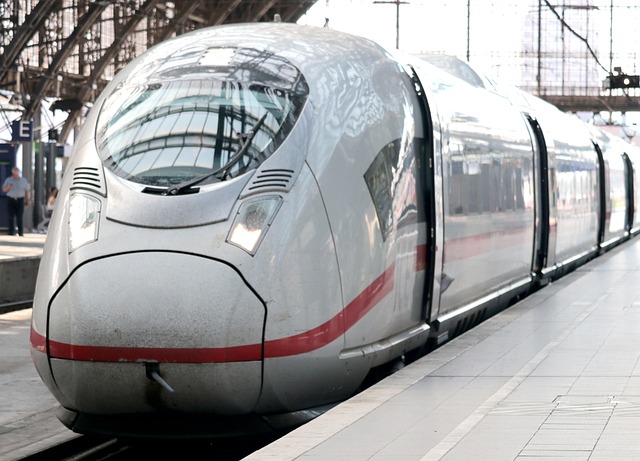In a groundbreaking achievement, Japan has unveiled the world’s first railway station constructed using 3D printing technology. Located in the rural town of Arida, south of Osaka, the new station replaces an aging wooden structure from 1938. The project was a collaboration between West Japan Railway Company (JR West) and 3D printing firm Serendix Inc.
The station’s components were printed off-site using concrete and then assembled on location within six hours during the night, minimizing disruption to train services. The building comprises four main parts, including walls and a roof, and is designed to be earthquake-resistant, meeting modern safety standards.
Measuring 6.3 meters in length, 2.1 meters in width, and 2.6 meters in height, the station offers a compact yet functional space for passengers. The exterior features designs inspired by local specialties, such as oranges and fish, reflecting the region’s cultural heritage.
JR West plans to monitor the station’s performance, particularly its durability against coastal conditions, to assess the viability of using 3D printing for future infrastructure projects. If successful, this method could revolutionize the construction of small-scale railway facilities, especially in areas facing labor shortages and the need for rapid development.
The station is expected to become fully operational by July 2025, following the installation of ticket machines and other necessary equipment.
This innovative approach to construction not only showcases Japan’s commitment to technological advancement but also offers a sustainable and efficient solution for modernizing transportation infrastructure.




